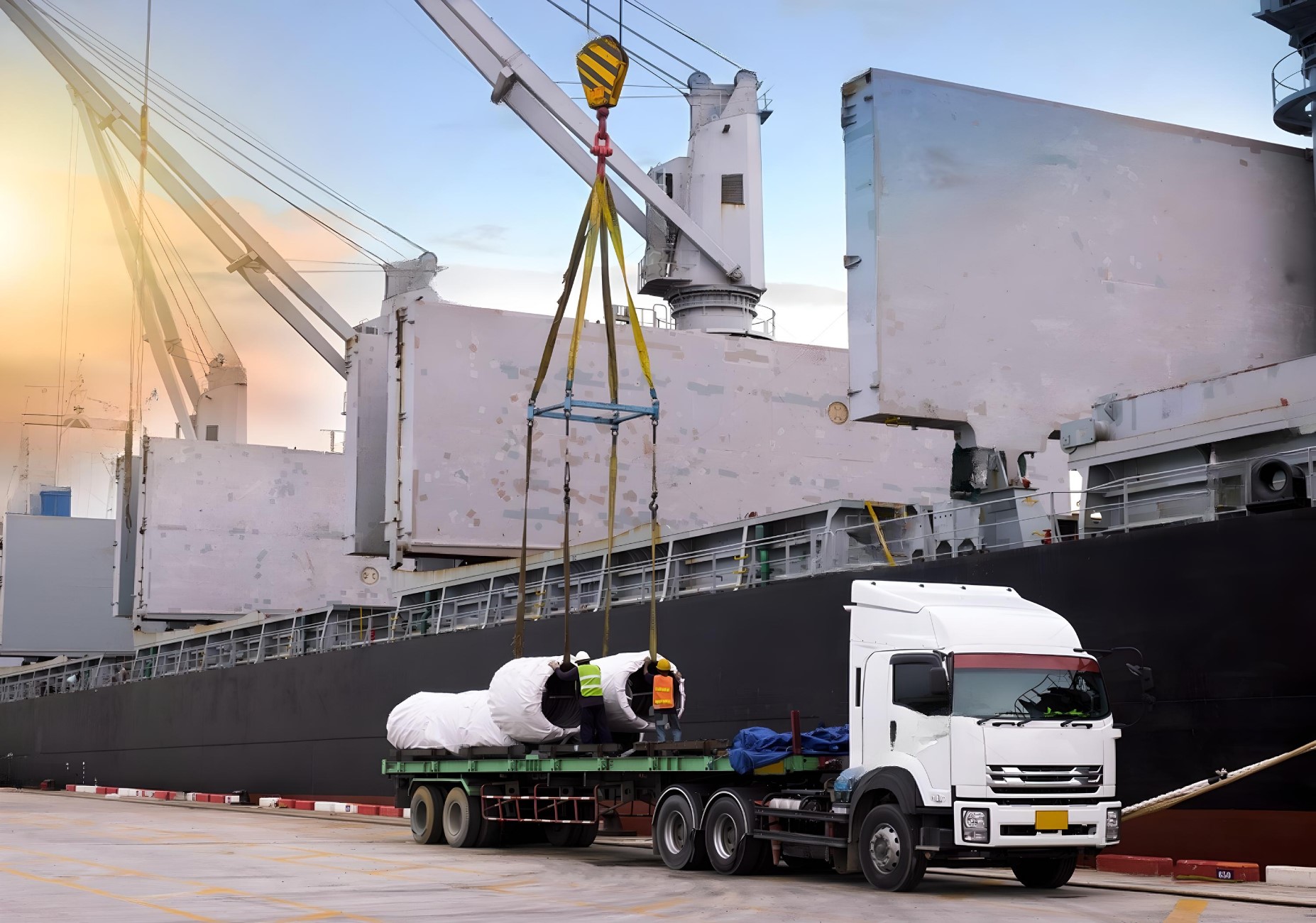 Bulk Cargo Shipping
Bulk Cargo Shipping

Bulk cargo refers to large-volume goods transported without packaging, categorized as dry bulk and liquid bulk. TAG Marine ensures the safe and efficient transport of bulk cargo while adhering to strict environmental and safety regulations.
Includes commodities such as grains, coal, minerals, fertilizers, and raw materials. Transported via specialized bulk carriers, these goods require efficient handling and secure storage to prevent contamination or loss.
At TAG Marine, we offer a comprehensive range of bulk shipping solutions tailored to meet the diverse needs of global trade. Our fleet operations accommodate various vessel sizes, including Handysize, Supramax, Panamax, and Capesize bulk carriers. Each vessel class is selected based on cargo volume, port infrastructure, and route efficiency to ensure optimal delivery performance. Whether transporting agricultural commodities, minerals, or construction materials,
TAG Marine provides the right vessel size for each shipment, maximizing cost-efficiency while maintaining high safety and environmental standards.
| Standard Deadweight Tonnage | LOA | Main Cargoes |
|---|---|---|
| Very Large Ore Carrier (VLOC) | 250,000 | Iron ore |
| Capesize | 180,000 | Iron ore, Coking coal |
| Panamax | 82,000 | Iron ore, Coking coal, Thermal coal, Grain |
| Handymax | 58,000 | Thermal coal, Grain, Salt, Cement, Steel product |
| Small Handy | 38,000 | Steel product, Cement, Grain, Urea |
Structure/Characteristics
Bulk ships have “topside tanks,” triangular ballast tanks (filled with water to stabilize the vessel) fitted at both shoulders/wings of the cargo holds. This helps the ship maintain the proper trim no matter how much cargo is on board. The sides on the lower part of the hold are designed with a hopper configuration to maximize loading/discharging efficiency by preventing cargo from accumulating in the corners.
Some bulkers have cranes for loading/discharging, while others rely on shoreside equipment. In general, vessels larger than Panamax do not have cranes. Hatch covers at the top of the hold are open only during loading/discharging.

